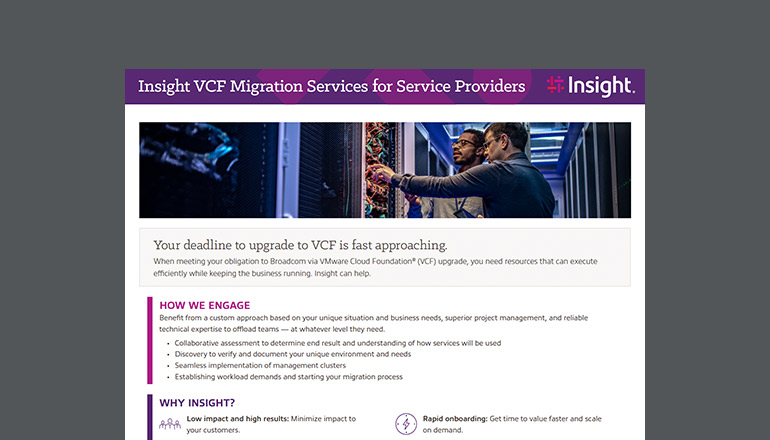“The initial opportunities will be around what ITSPs already do, like selling and installing sensors and other data-gathering devices,” suggests CompTIA Senior Director of Industry Analysis Carolyn April. “But the real opportunities will come in the next phases, which include managing those devices, as in managed service engagements today. These make channel partners more ‘sticky’ with customers, managing and troubleshooting the devices and the networks they are on.”
“And for the new applications,” adds CompTIA Senior Director of Technology Analysis Seth Robinson, “we’re thinking about the use cases. Data collection, analytics, machine learning and more.”
Which IoT partnerships will make the most sense and which IoT applications will prove most profitable?
Immediate opportunity in IoT services
As you learn more about the kinds of “things” your customers want to attach to the internet, you can become more adept at tuning parameters in your customers’ networks to better accommodate these low-powered, lossy devices and networks. Making the devices themselves better becomes far too expensive at the scale we’re describing, so the only solution is better code at the transport layer.
This is the ITSP’s opportunity to take its TCP/IP skills to the next level and enable real-world, high-value, high-relevance solutions for customers. Compensating for the impracticality of improving devices by improving their code stack is just one example of a business-relevant solution you can deliver going forward.
Perhaps the most important, and certainly the most immediate, opportunity for ITSPs in preparing for the growth of the IoT is to help customers through the transition from IPv4 internet addressing to the much larger IPv6 address space.
IPv4, the original numbering scheme, provided 430 billion addresses — none of which remain. The addition of billions of more things to the internet, each requiring its own IP address, will not be possible until more internet addresses are available to be assigned. IPv6 provides 34 undecillion addresses, plenty enough to support such growth. But all users must be converted to IPv6 before that can be accomplished.
Managing IoT data and security
Many ITSPs are trying to create annuities by operationalizing the IoT. Expand that a bit and look at opportunities around the IoT and data analytics. This speaks directly to the many channel partners that have added managed services to their businesses to create monthly recurring revenue annuities. They’ll find managing customer IoT services, and the enormous quantities of data collected by them, to be a substantial new source of income.
The opportunity to manage data flow starts at the source, explains IT industry analyst Marc Hopper. “There are many instruments out in the field measuring things. For instance, a manufacturer has smart machines sending information about their current condition.”
When managing all of this data, security and IoT data management are primary concerns, Hoppers adds. “Depending on the applications used with the instrumentation, you may have differing security needs. There’s a wide variety of data coming from various types of instruments, in a wide variety of formats, that needs to be transformed before aggregation.” Partner services around IoT instrumentation and data all lead to a key corporate value proposition: making better decisions.
Strong partners will be paramount.
“Vendors consider the IoT to be a large greenfield area,” suggests CompTIA’s April. “There’s lots of blurring between the lines of IT and non-IT companies, so we’re seeing a lot of convergence in this space.” April suggests that ITSPs seek channel-friendly vendors “beyond the big guys” and see what they’re doing in the internet of things.
Jerry Lee, director of product marketing, data platform and IoT at Microsoft, offers three best practices for selling these solutions:
- Develop internal practices around the IoT requiring cross-functional teams with different capabilities, ranging from hardware and software to service development, business consultation, data analytics and more.
- Define your core competency on a specific segment, vertical or area of focus in order to differentiate from others. Don’t try to be all things to all companies.
- Partner with others to deliver a solution — a willingness to join different partner ecosystems is critical.








